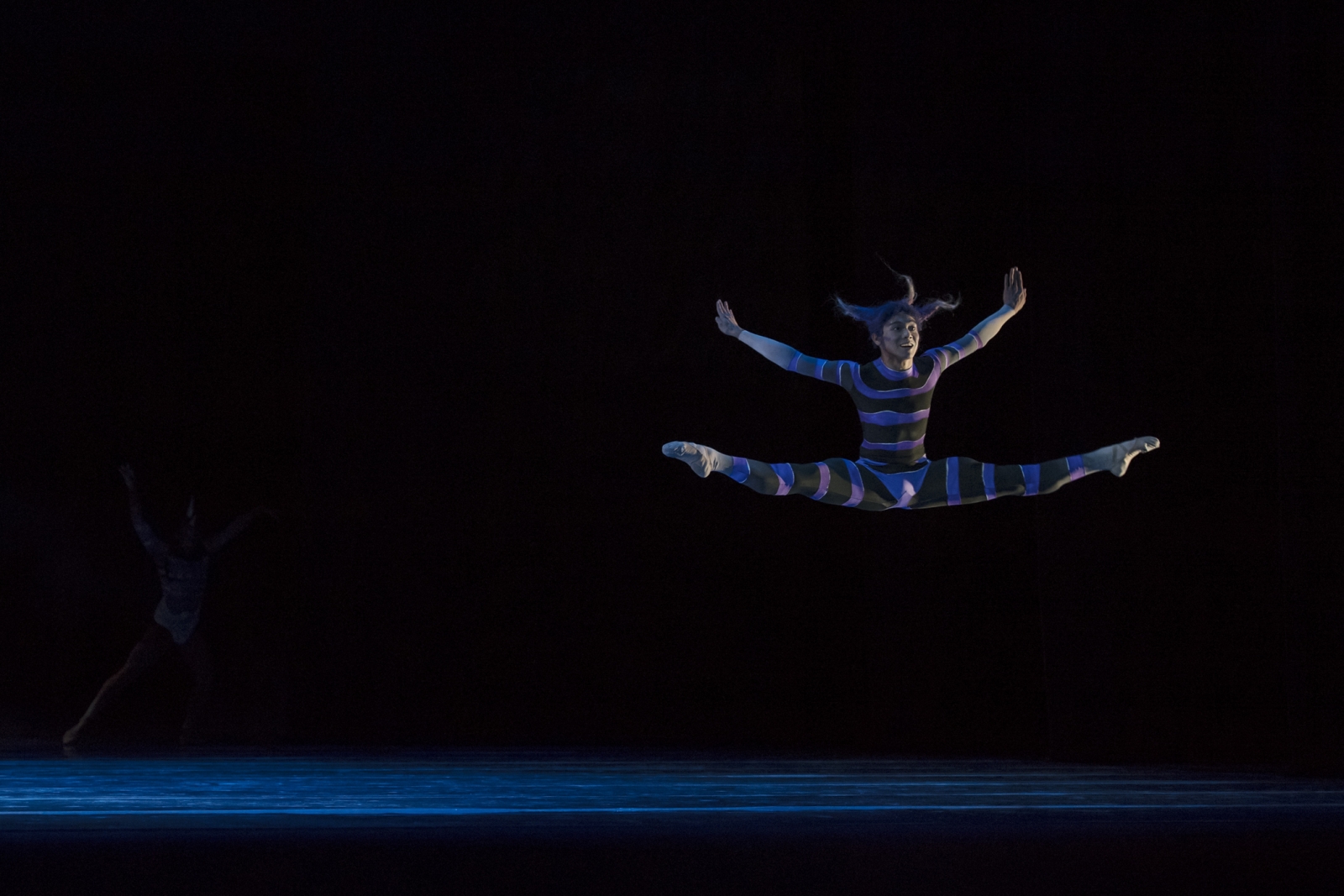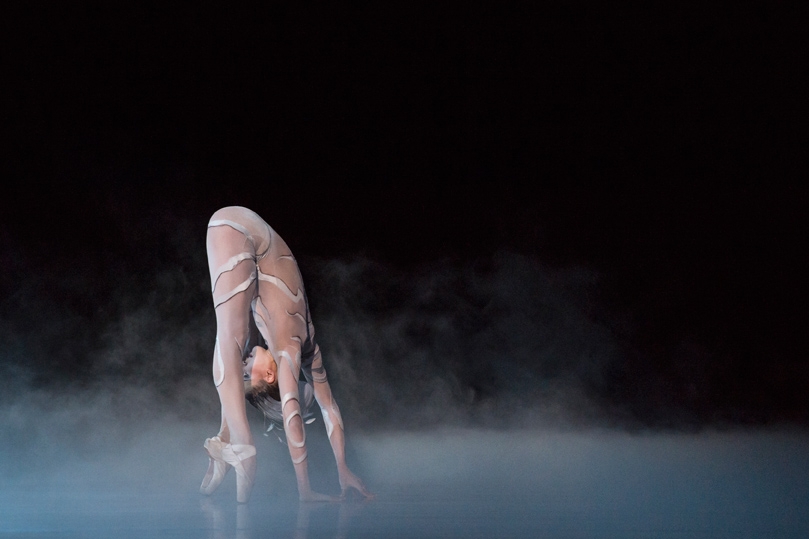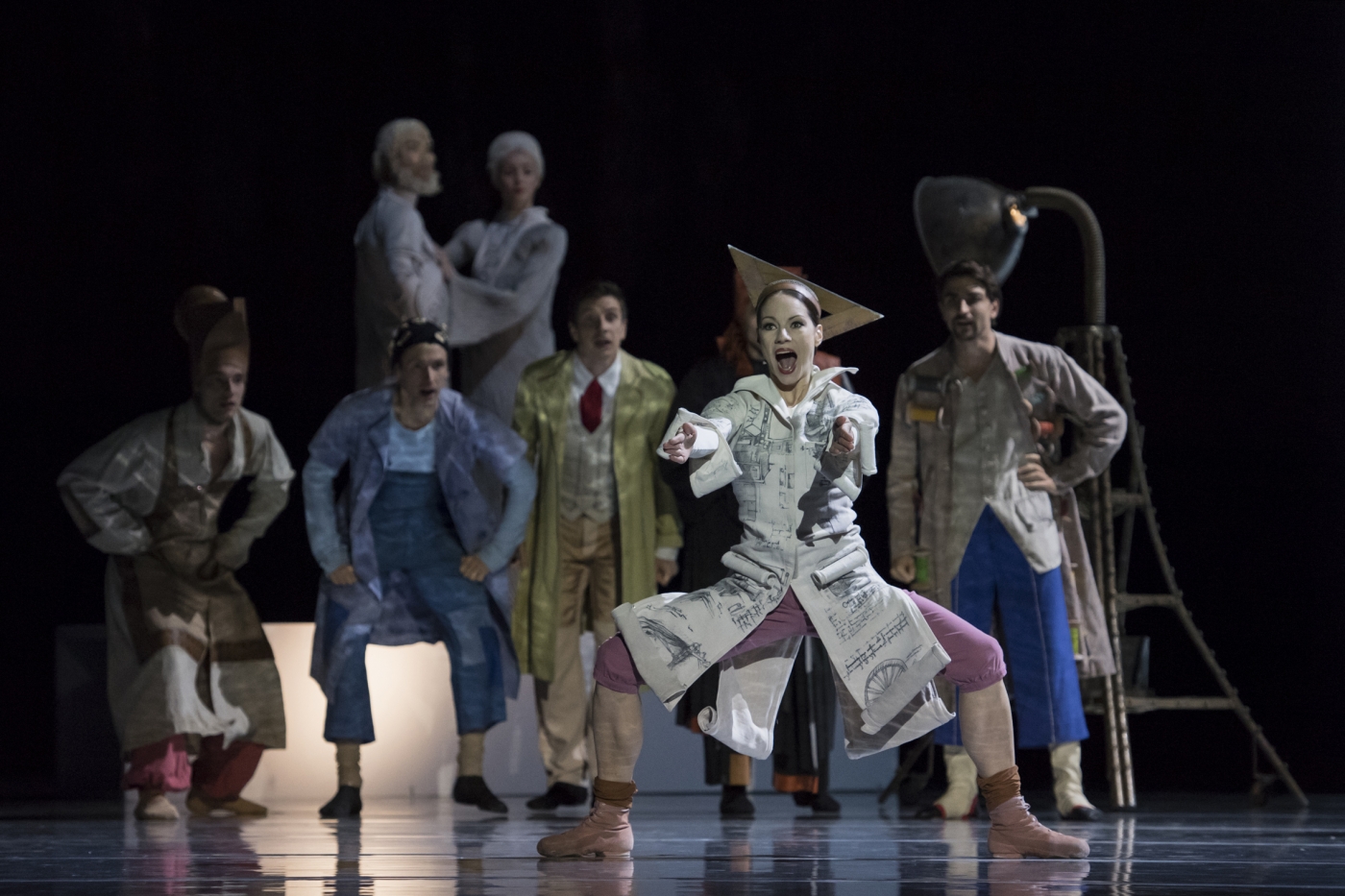- Les Ballets de Monte Carlo
- Monaco Dance Forum
- Académie Princesse Grace
- SEASON 2023-2024
- BMC STREAM
- Group

Le Songe
Le Songe
J-Ch. Maillot
- A Midsummer Night's Dream -
Le Songe can be considered as a microcosm of Jean-Christophe Maillot's work. All of the themes he developed throughout his career are condensed into this one piece. In the narrative ballets that preceded Le Songe, Jean-Christophe Maillot often focussed on binary oppositions and full-frontal shock factors to compare and contrast truths. Le Songe represents a shift. Jean-Christophe Maillot draws on three different worlds, the worlds of the Athenians, the Fairies and the Artisans. A ternary universe slowly forms, in which the shades of grey that exist between black and white emerge, and in which truth isn't always as it seems.
The three worlds that provide a setting for Le Songe reflect the three stages of maturity a dancer goes through. The world of the young Athenians represents intense, vibrant rhythm. It requires a youthful style of physicality. The second world found in Le Songe is that of the Fairies, which calls for more seasoned performers. Narration gives way to a disconcerting type of abstraction, where eroticism sows the seeds of confusion. Le Songe 's third and final world: That of the Artisans. This world is inhabited by a handful of experienced dancers. These mad, colourful, eccentric artisans perform a funny, obsessive style of choreography that symbolises the blind love that all artists feel for their work. Le Songe depicts them overflowing with passion, uncaring in the face of good or bad taste. The good, the bad, the ridiculous or the fear of failure no longer have a grip on them, leaving them free to frolic in an absurd, incomprehensible and unpredictable world.
“{…} Una mezcla de tradicion e innovacion, de languaje clasico y moderno.” EL MUNDO (Jan. 2012)
Choreography and direction: Jean-Christophe Maillot
Music: Felix Mendelssohn, Daniel Teruggi, Bertrand Maillot
Scenography: Ernest Pignon-Ernest
Costumes: Philippe Guillotel
Lighting: Dominique Drillot
Associate director: Nicolas Lormeau
Video: Gilles Papain
Duration: 1h40
With the participation of the Monte-Carlo Philharmonic Orchestra directed by Nicolas Brochot, and the Monte-Carlo Opera Choir conducted by Kristan Missirkov
Premiere held on December 27th 2005, Grimaldi Forum Monaco






